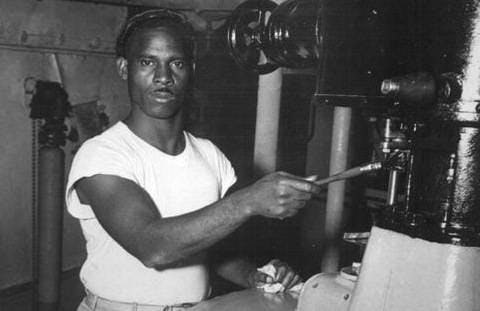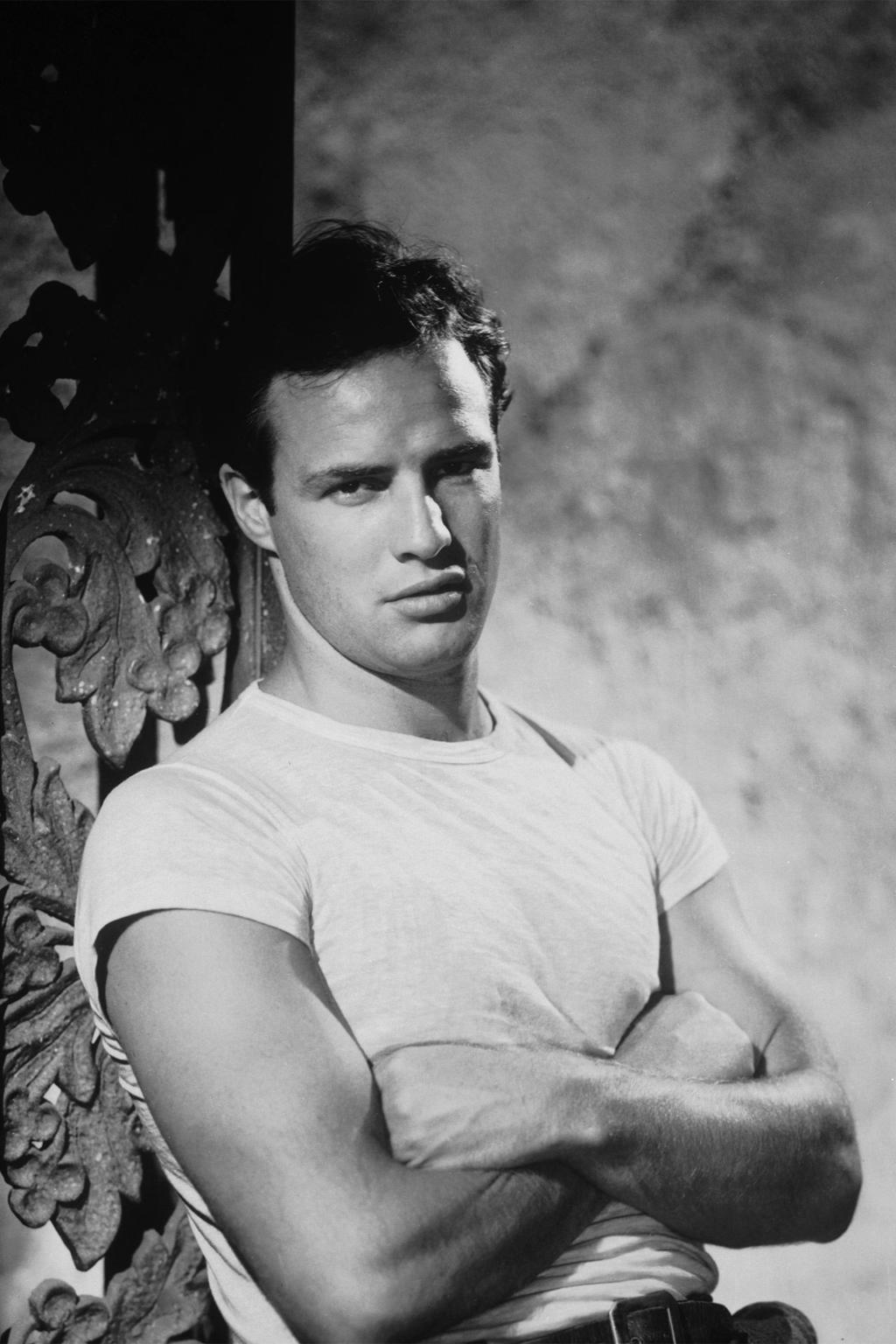The T-shirt is a staple in modern wardrobes worldwide, but its journey from humble undergarment to a cultural icon is fascinating. Let's take a chronological look at the history of the T-shirt, highlighting key moments in its evolution.
Late 19th Century: The Birth of the T-Shirt

- The origins of the T-shirt trace back to the late 1800s when European and American workers began modifying their long-sleeved undergarments by cutting them in half to stay cool during labor-intensive jobs.
- The U.S. Navy formally introduced the T-shirt in 1898 as an undergarment for sailors. These shirts were lightweight, short-sleeved, and crew-necked, making them ideal for layering under uniforms.
- Takeaway: The T-shirt started as a functional undergarment for workers and sailors.
Early 20th Century: The T-Shirt as Standard Military Wear

- By World War I (1914–1918), American soldiers noticed European troops wearing lightweight cotton undershirts instead of their own heavier wool garments. This sparked the popularity of T-shirts in the U.S. military.
- In 1913, the U.S. Navy officially adopted the white cotton T-shirt as part of its standard-issue uniform, cementing its role in military wear.
- By the 1920s, "T-shirt" became a recognized word in the Merriam-Webster dictionary.
- Takeaway: Military adoption helped standardize and popularize the T-shirt.
1920s: Literature and Pop Culture Influence
- In 1920, F. Scott Fitzgerald made one of the earliest literary references to the T-shirt in This Side of Paradise, describing it as a casual garment worn by college students.
- This mention reflected the growing presence of T-shirts beyond military and labor settings, hinting at their eventual rise in popular culture.
- Takeaway: Literature played a role in acknowledging and normalizing T-shirts in casual wear.
1930s–1940s: Hollywood and War Influence
- The 1930s saw the rise of T-shirts in sportswear and casual fashion, thanks to companies like Hanes, which introduced their own versions.
- During World War II (1939–1945), T-shirts were widely used by American soldiers as both an undergarment and casual wear, leading to their mass production.
- The post-war period saw returning soldiers incorporating T-shirts into everyday attire.
- Hollywood played a crucial role in popularizing T-shirts. In 1951, Marlon Brando wore a tight-fitting white T-shirt in A Streetcar Named Desire, turning it into a symbol of rebellious masculinity.
- Masculine Perception: During this era, the T-shirt became a powerful symbol of rugged masculinity, rebellion, and working-class strength, influenced by stars like Brando and later James Dean in Rebel Without a Cause.
- Takeaway: Hollywood transformed the T-shirt into a mainstream fashion item and a symbol of masculinity.
1950s: The Birth of Graphic T-Shirts
- The 1950s marked the emergence of printed T-shirts. Companies began adding logos, slogans, and graphics, paving the way for T-shirts as a medium for self-expression.
- Rock and roll culture embraced T-shirts, with bands like Elvis Presley and The Beatles contributing to their rise.
- Miami-based company Tropix Togs obtained a license to print Walt Disney characters on T-shirts, marking one of the first major commercial ventures in graphic tees.
- The 1950s also saw the release of The Wizard of Oz T-shirt, one of the earliest examples of movie merchandise, featuring Dorothy and other iconic characters.
- Takeaway: The 1950s saw T-shirts evolve into a form of self-expression with graphics and branding.
Fun Facts About T-Shirts
- The world's most expensive T-shirt was sold for $400,000—it was made of organic cotton and embedded with real diamonds.
- The largest T-shirt ever made measured over 100 feet in length!
- Every year, over 2 billion T-shirts are sold worldwide.







